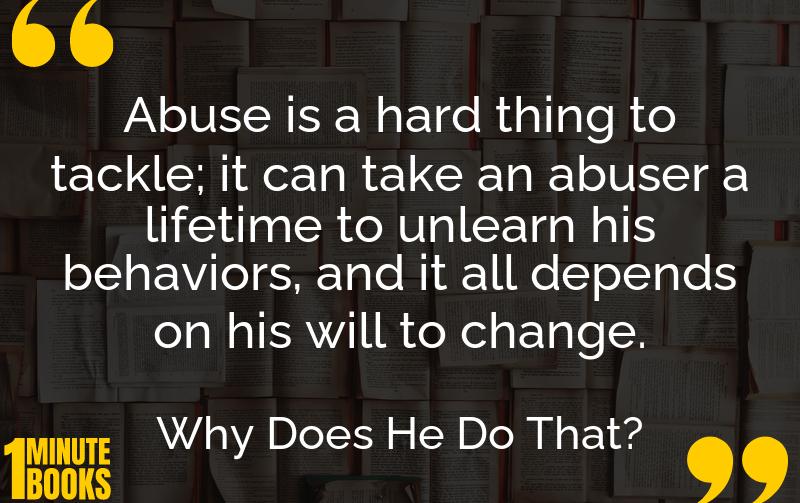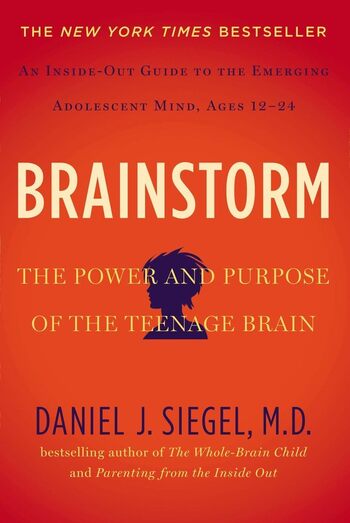
This book explores the mindset of abusive men, uncovering how abuse manifests in relationships and providing guidance on recognizing and addressing the signs of abuse.
Main Lessons
- Abuse isn’t just physical; it includes verbal, emotional, and psychological harm aimed at controlling or intimidating another person.
- Abusive behavior often stems from a desire for power and control rather than emotional wounds or psychological problems.
- Abusers can be charming initially, making it challenging to recognize their harmful patterns early on.
- Warning signs of potential abuse include speaking disrespectfully about past partners and becoming too serious too quickly.
- Emotional abuse can have devastating effects, equal to or greater than physical violence, contributing to depression and isolation.
- Abusive behavior is learned from early role models and cultural influences, solidifying harmful mindsets from a young age.
- Many abusers create a sense of indebtedness and manipulate partners by performing unsolicited favors.
- It’s important to recognize early signs of abuse to protect oneself, as these can escalate to physical violence over time.
- Leaving an abusive partner requires careful planning and safety measures, including setting up escape routes and warning loved ones.
- Changing an abusive pattern is a lifelong process that must come from within the abuser; external influence alone is insufficient.
- Victims of abuse should seek help from trusted friends, family, and local resources to ensure their safety.
- Entitlement and control are central to the abuser’s mindset, where he believes he has the right to dictate his partner’s life.
- Recognizing an abuser’s façade of change is critical; long-term behavioral changes require accepting full responsibility.








